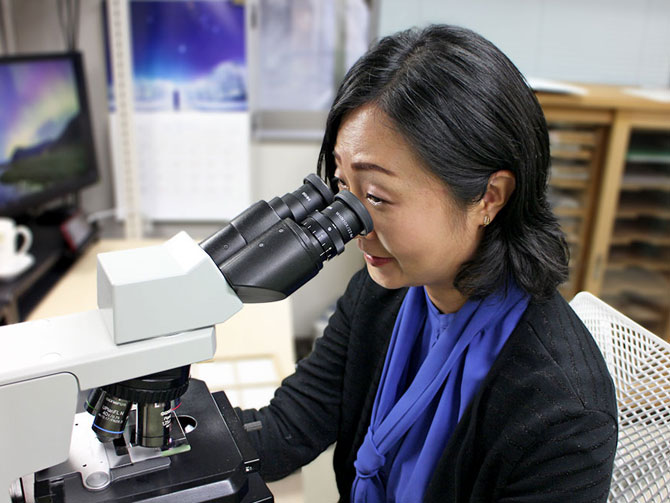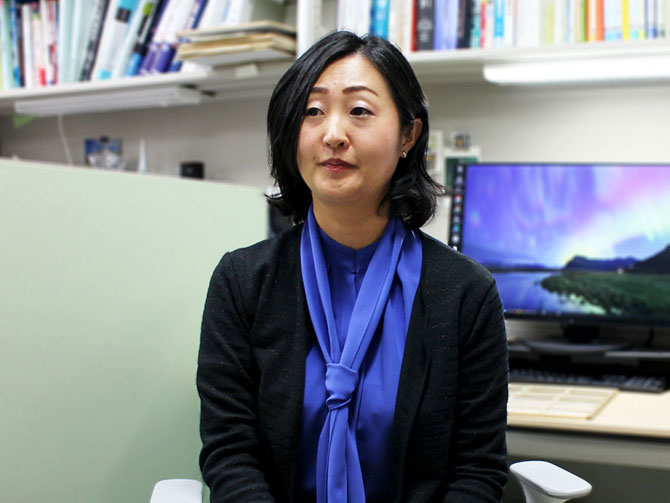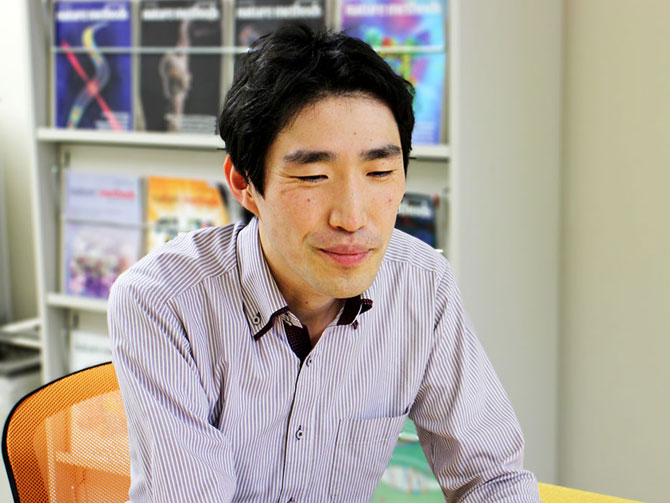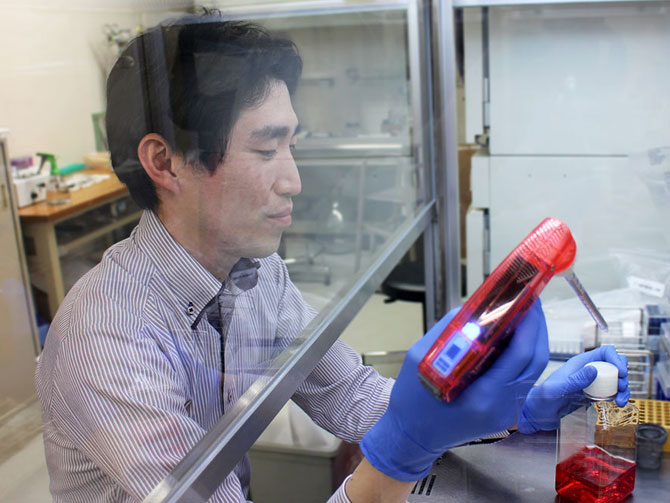

Satoshi Miyashita
Assistant Professor, Dept of System Pathology for Neurological Disorders -Ueno Lab
Interview
Dr Miyashita earned his PhD from Waseda University and worked as a research fellow at Dept of Biochemistry & Cellular Biology, National Center of Neurology and Psychiatry. He joined BRI's Dept of System Pathology for Neurological Disorders in 2021, where he carries out his research on neural development and brain disorders with bioinformatic approach.
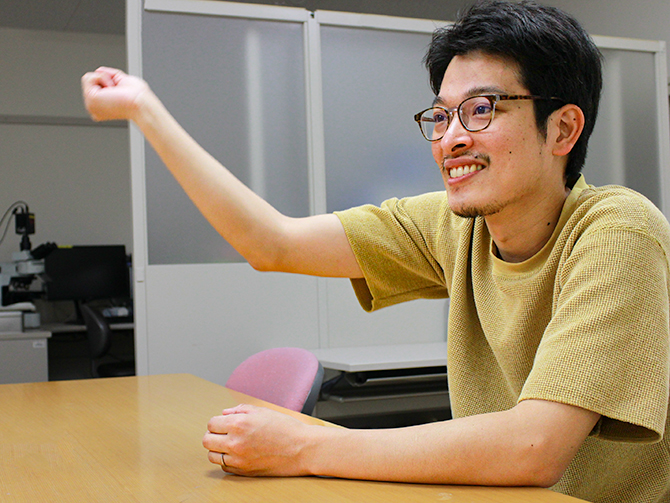
Tell us about the research you've been doing.
I have been studying how the development and evolution of the cerebellum, which is located at the back of the head, are regulated from embryonic to postnatal period. The cerebellum is a very good model to study, but its developmental and evolutional mechanisms are not fully understood. My earlier research has uncovered that the cerebellum has a very efficient system to produce abundant cells.
What attracts you to do research at BRI?
I think one of the advantages of BRI is the fact that basic researchers and clinicians are within close reach. It has only been less than two years since I took up a post at BRI, but I have already been able to collaborate with clinical doctors. A research group of neurosurgeons had focused on an interesting tumor-related gene. I assisted them with bioinformatic analysis and suggested its expression machinery in some subgroup of medulloblastoma (Natsumeda, 2022). I would like to continue to collaborate with clinical doctors on exciting research projects.
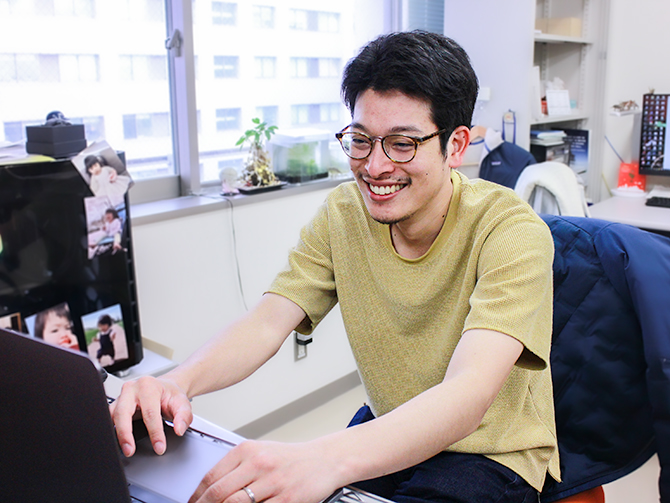
What research are you currently working on and what are your future goals?
Currently, I am not only engaged in research on the development of the cerebellum, which I have been working on, but also in big data analysis of clinical research by utilizing my knowledge of bioinformatics. The future of medicine and biology requires experts in all technologies to collaborate and develop integrated research. I would like to carry out research at BRI, making use of my own expertise.













